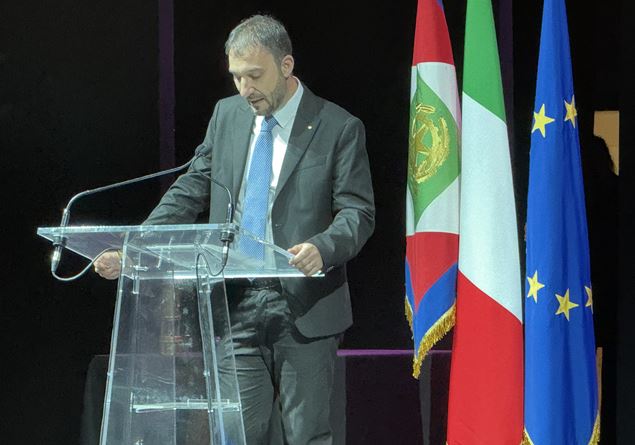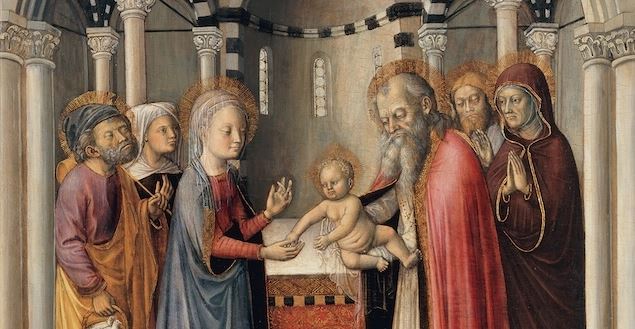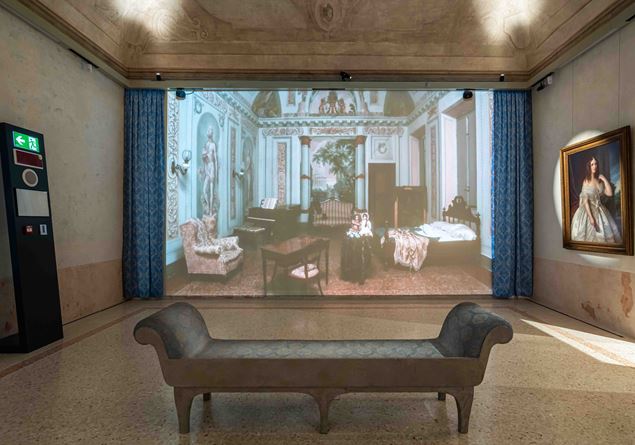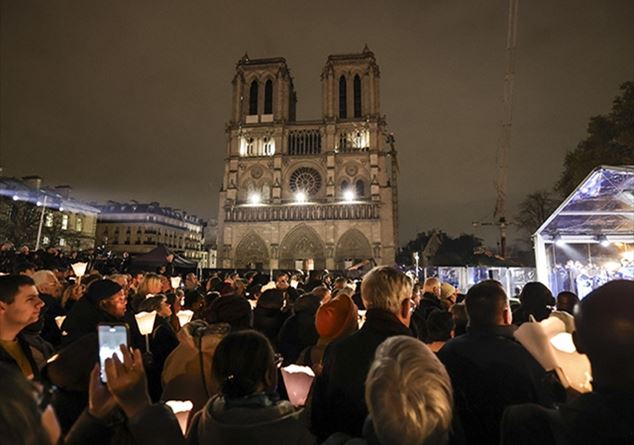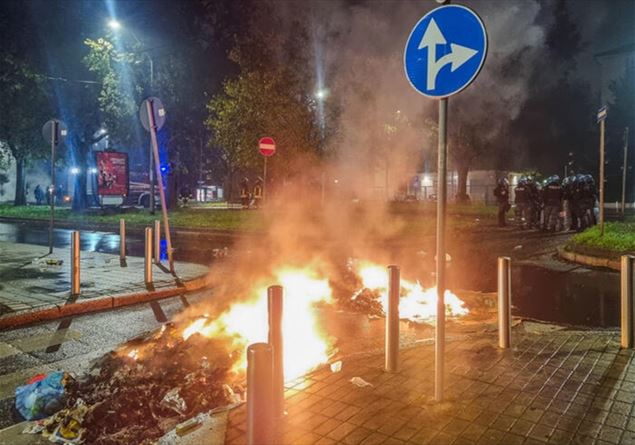
by Alessandro Stella
The harsh protests and urban guerrilla warfare which in recent days have seen the protagonists of a group of 70 foreign and Italian youth in the Corvetto neighborhood following the death of Ramy Elgaml – the 19-year-old Egyptian who died after falling from a motorbike last Sunday, after a chase with the police in the streets of Milan – represent the culmination of a period where youth violence now risks becoming an inherent factor in the city of Milan and in the rest of Italy. Don Claudio Burgiochaplain of the Beccaria juvenile prison in Milan, tries to shed light on the dynamics and factors that create increasingly turbulent youth and social scenarios.
Don Claudio, let’s start from the events that occurred in Corvetto after Ramy’s death. What does a protest of this scale, with so many young protagonists, represent?
«I would like to point out to be fair that in recent days I have not had much opportunity to follow the matter closely. What I would like to say is that there was a sensational case and the anger of many young people exploded in a very violent way. But this is a situation that has been going on for many years, linked to the contexts in which these children live.”
So does the anger of the kids in Corvetto come from further afield?
«It is an anger that may seem sudden, but in reality it is latent and pervasive. It all comes from a great identity void. Many second generation kids don’t find a sense of belonging and still don’t feel a real connection with our country. Their roots are distant and this is combined with economic and educational poverty. This protest has spread and is reflected in the marginal living conditions that burden many young people.”
Ramy’s father made an appeal against violence. Important and relaxing words…
«These are important statements that honor this father, especially at such a time, after the tragic loss of a son. But often in certain situations parents experience a great sense of guilt.”
Let me explain better…
«Many times youth violence arises from family dynamics where there is no understanding between parents and children. Many of these fathers and mothers have complex migration histories. They are people who in the past have perhaps struggled to obtain residence permits or to find stability here in Italy. And now they don’t understand their children’s discomfort. These parents believe they have given them everything: a home, the possibility of growing up in our country, perhaps without an easy economic situation. But they don’t realize that this isn’t enough for the kids. Life in a context of poverty unfortunately leads to violence.”
Don Claudio Burgio, chaplain of the Beccaria juvenile prison in Milan
Can we generally talk about the Banlieue effect in Milan and in some of its neighborhoods?
«There is certainly an increasing tendency to evoke similar Parisian situations. Currently I think that certain comparisons are exaggerated. However, we cannot deny that certain signs are already present in Milan too. We need to address the problem concretely, otherwise this combination risks becoming normal.”
What social interventions are needed to truly guarantee the well-being of young people in certain areas of Milan?
«First of all, many neighborhoods need to be redeveloped. The housing issue remains one of the biggest problems in this city. Many houses remain vacant, abandoned to themselves and are then made illegal. And kids grow up in these realities. Important interventions are needed, but the situation has been neglected for too many years now. Short-term public funding is not enough. The many interventions made in the third sector are commendable but they are not sufficient.”
Can public speakers and sport be factors for youth growth free of violence?
«They could be, but it is not so easy for oratories to be places of interaction for second generation young people. Now many speakers are not even prepared to deal with these situations or they don’t exist at all. In San Siro but also in many other areas of Milan there is a complete lack of meeting spaces for very young people, who often find themselves in situations of abandonment and loneliness from an early age. Unfortunately, all of this often leads to anger and violence. Sport, on the other hand, is certainly the tool for youth aggregation par excellence, in neighborhoods and, for example, in rehabilitation institutions. But here too the right conditions are needed.”
The relationship between young people and the police is increasingly tense compared to a few years ago. Can we talk about a repressive climate on the part of the institutions?
«The issue is delicate, current and must be seen by both sides. Some conduct is unjustifiable and requires unavoidable intervention. Of course, in many other situations some responses from the police are no longer easy to accept. Today young people rebel against authority understood as a despotic exercise of power. The kids don’t see the police as a help but as an obstacle and the relationship becomes increasingly tense. And even those who train law enforcement agencies make some mistakes. Currently the distance between the parties seems quite clear and the dialogue difficult.”
According to some investigations, more and more young people are walking around with knives. What drives a boy to leave the house armed?
«One of the main reasons is linked to “fashion”. For those who have a void in their identity, the weapon gives strength and consistency to their personality. And it is part of the image that is then exposed on social media. Another less explored reason is that many young people, often fragile, go out armed out of fear. They understand the weapon as a tool for self-defense and then unfortunately sometimes they find themselves using it in some situations without actual danger. At Beccaria I happen to see young people accused of attempted murder arriving, who in reality have an extremely fragile character.”
School chapter: is non-violent education still possible in schools?
«For me, school remains one of the main places to develop non-violence. To do this, however, teachers must be able to enter into the dynamics of the class group and they do not always succeed. We therefore also need pedagogists and psychologists to intervene promptly and help teachers. Bullying is one of the main causes of violence in a young person. At Beccaria many kids have suffered bullying since primary school and then, over time, their anger exploded in the wrong way.”





